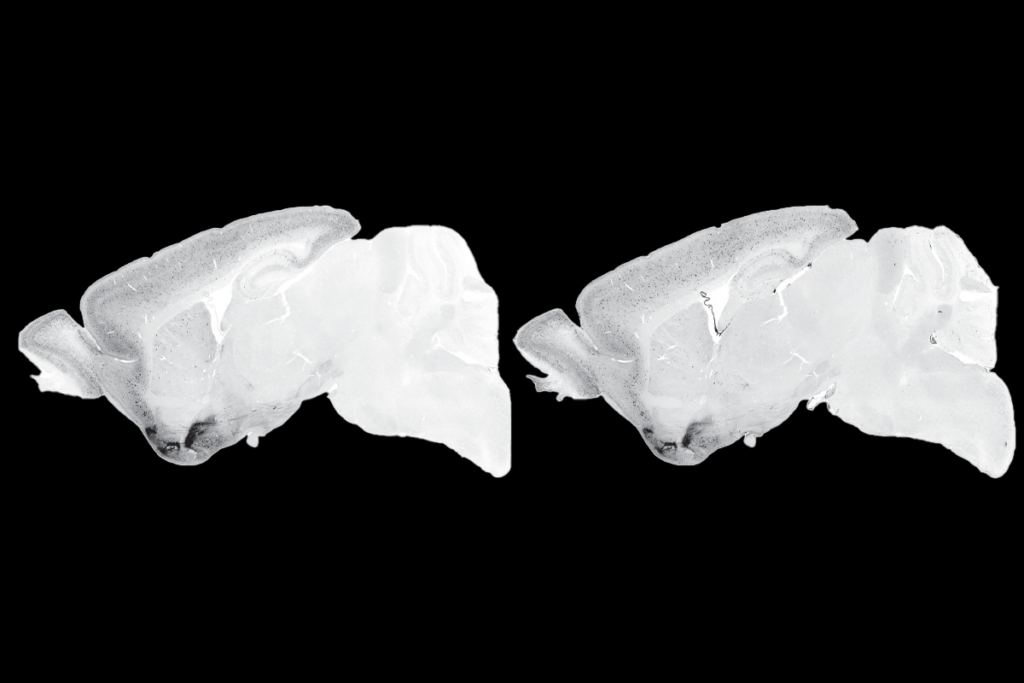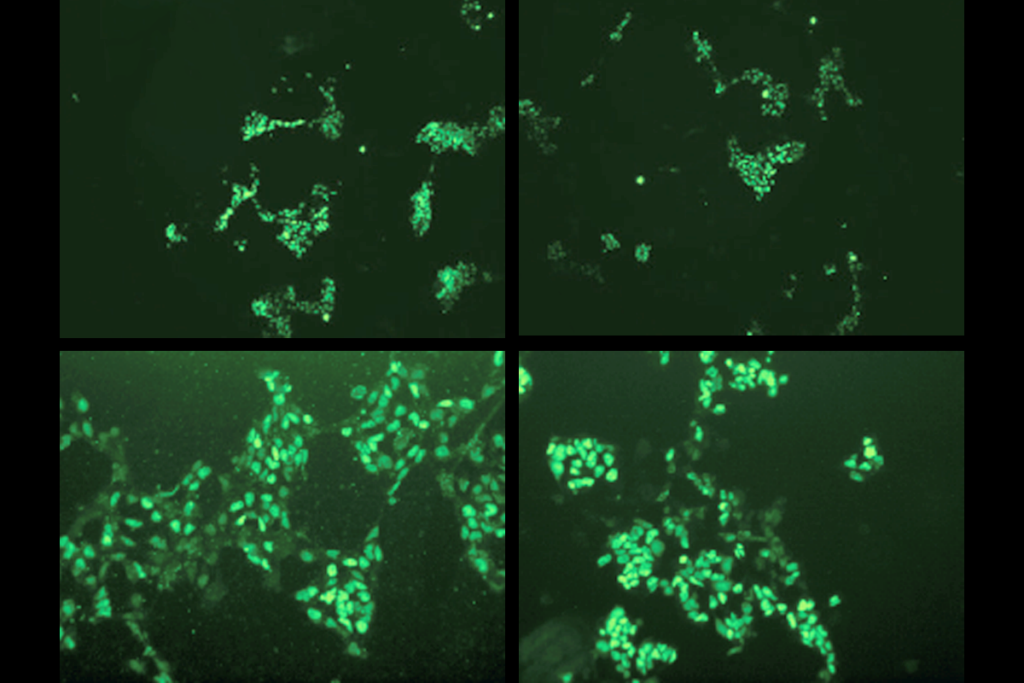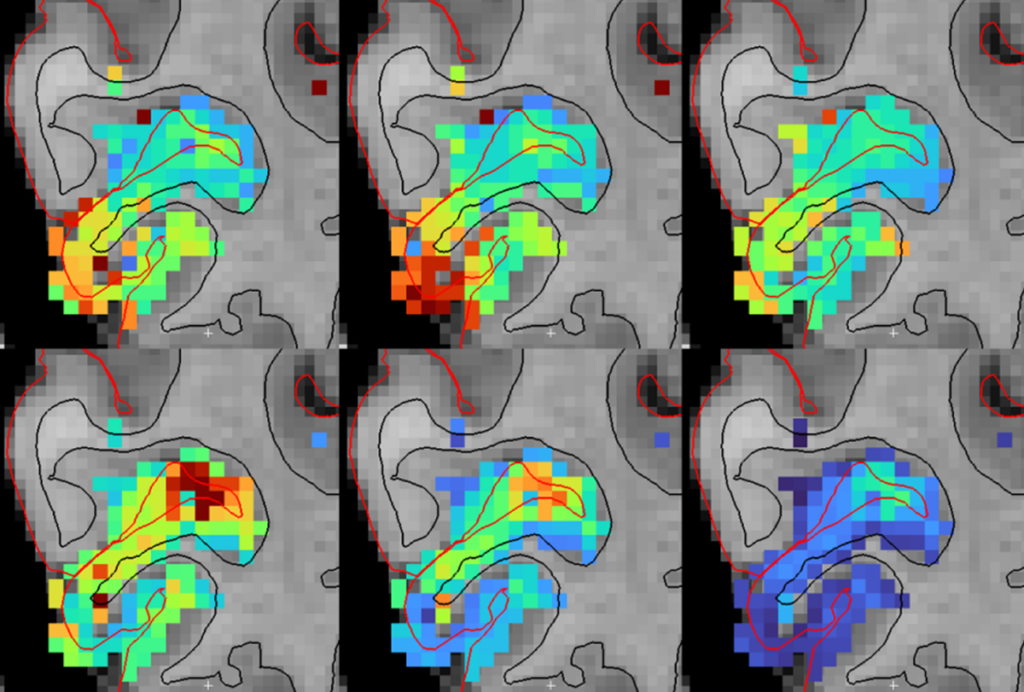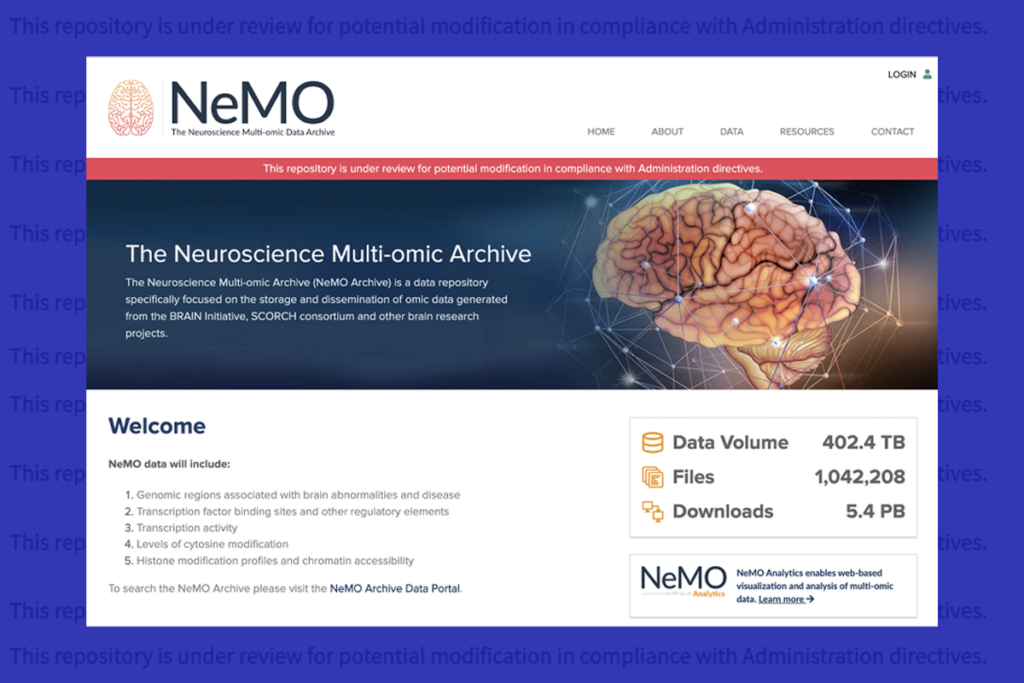Classroom quality
Preschool-aged children with autism make developmental and behavioral gains, regardless of the type of classroom in which they are enrolled, say Brian Boyd and Samuel Odom.
‘Evidence-based practice’ has become a widespread and commonplace term among school-based practitioners, families and policymakers. As Connie Kasari noted in her guest blog, much of the research on effective programs for children with autism has taken place in laboratory or clinical settings, and there are questions about its application in the real world of public schools. Yet, this is the setting in which so many children with autism spend much of their time.
In a study published 28 June in the Journal of Autism and Developmental Disorders, we examined the effects of two established comprehensive treatment programs for preschool children with autism, when they were delivered in traditional public-school settings1. Importantly, we compared these programs not only with one another but also with high-quality ‘eclectic’ special education programs, in which teachers do not use a specific treatment program to guide their instruction.
We found that preschool-aged children with autism make developmental and behavioral gains, regardless of the type of classroom in which they are enrolled.
The good news from this study, we believe, is that there are established programs that can foster positive growth and learning in children with autism, andthat can take place in public schools, if the schools choose to adopt these programs.
TEACCH, one of the programs we studied, is historic because it was one of the first program models established for children with autism. It follows a structured teaching approach to create a specialized learning environment to address characteristics of autism that interfere with children’s ability to participate in the classroom.
LEAP (Learning Experiences and Alternative Program for Preschoolers and their Parents), also a program with a long history, focuses on adapting a typical early childhood education model to accommodate the learning and social needs of young children with autism. One of LEAP’s core features is the inclusion of typically developing preschool children as classmates.
Although both of these programs have been around for a long time — TEACCH since the 1970s and LEAP since the 1980s — we have no evidence as to which one works better.
Classroom conditions:
The general purpose of our study was to determine whether these two approaches work better than usual classroom practice in public schools.
We studied 75 special education preschool classrooms in North Carolina, Florida, Colorado and Minnesota, involving 198 children diagnosed with autism. We followed teachers and children over the course of one school year.
We chose not to follow a design in which teachers (or students) would be randomly assigned, because previous research told us that teachers have different beliefs about which practices to use in their classes, and random assignment to a classroom condition that runs counter to those beliefs can be counterproductive as well as stressful.
Rather, we identified teachers who had already been trained in the program models or were conducting high-quality eclectic practices in their classrooms. Because of this quasi-experimental approach, we had to be vigilant about selecting teachers and programs, and we had to make sure that the general level of quality was high for all programs.
At the beginning and end of the school year, we used a broad set of developmental and behavioral assessments, such as the Mullen Scales of Early Learning and the Repetitive Behavior Scale-Revised, to determine the children’s progress.
We found that preschool-aged children with autism make developmental and behavioral gains, regardless of the type of classroom in which they are enrolled. Also, we generally did not find differences in the children’s performance between the three programs: Children in TEACCH, LEAP and eclectic special education programs all made fairly similar gains across the school year.
Although these classes were taking place under ‘normal’ circumstances in public schools (i.e., they were not model classrooms or special programs run by researchers), we would say they have a better quality of practice than is typically seen in a public school. We believe this is an important point that may ultimately help to explain the findings.
In counseling and clinical psychology, there is a term referred to as ‘common factors.’ This means that there are some components that define good therapeutic practice that should be implemented with all clients. It may be that there are some components of good, or rather ‘high-quality,’ classrooms that should be implemented for all students with autism, and the classrooms in our study shared some of these components. The similar findings for all three sets of programs may reflect the commonalities across these classrooms instead of their differences.
TEACCH and LEAP are prime examples of programs that work, and there may well be others. Importantly, teachers can construct eclectic programs that may have positive effects for preschool children with autism, as long as they provide a high level of program quality and select evidence-based instructional practices2.
It is important in future research to identify the features these programs have in common that may explain the similar findings. In short, if classroom quality matters, what constitutes a high-quality classroom, and how do we ultimately support classroom teachers to improve the quality of the children’s learning environment?
Brian Boyd is assistant professor of occupational science and fellow at the University of North Carolina at Chapel Hill’s Frank Porter Graham Child Development Institute. Samuel Odom is director of the institute and professor in the School of Education.
References:
1: Boyd B.A. et al. J. Autism Dev. Disord. Epub ahead of print (2013) PubMed
2: Odom S. et al. Behav. Modif. 36,270-297 (2012) PubMed
Recommended reading

Split gene therapy delivers promise in mice modeling Dravet syndrome

Changes in autism scores across childhood differ between girls and boys

PTEN problems underscore autism connection to excess brain fluid
Explore more from The Transmitter

Functional MRI can do more than you think

